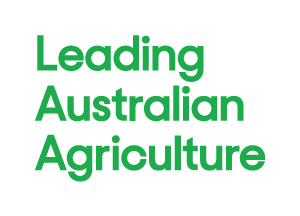FLUCTUATIONS recorded by the Westpac-NFF Commodity Index have highlighted why managing risk is an increasingly important part of farm business.
In the last six months the index has shown global prices for wheat, barley and canola have decreased by 31.9%, 8.3% and 13.8% respectively. If left unaddressed this equates to a significant loss of potential profit.
However, rather than leaving themselves at the mercy of markets, farmers are increasingly adopting a range of tools to provide some insulation from the variables they face.
“It is not uncommon for prices in the lead up to harvest to vary, especially considering the uncertainty of global conditions. Exchange rate and interest rate fluctuations can also add to a farmers’ income risk, as shown through last week’s interest rate rise and the 30% appreciation of the dollar since March,” Westpac Senior Agribusiness Economist Andrew Hanlan said.
“In response to increasing demand to manage this risk, a range of tools have been developed by the farmers themselves as well as the banking and finance sector. These sophisticated tools include price, interest and exchange rate risk management options, each of which can be customised to suit individual farmers’ needs.”
National Farmers’ Federation (NFF) Vice-President Charles Burke stated: “The NFF often quotes the figure that every one percent appreciation in the Australian dollar deflates farm incomes by approximately $190 million in raw terms.
“However, we hope that through the adoption of risk management tools such as price hedging, on-farm grain and feed storage, that farmers have some insulation from the full impact of fluctuations in variables such as the dollar.
“We would encourage farmers to continue to consider their suite of risk management tools in order to reduce the effect of commodity, interest rate, and exchange rate fluctuations in their business.”
During September 2009, the Westpac-NFF Commodity Index decreased 1.4% and is now 17.2% lower than a year ago.
International commodity prices easing during the month were wheat (-10.8%), barley (-7.6%), canola (-10.5%), cotton (-0.8%), and beef (-2.4%). Commodity prices that lifted during September included sugar (1.5%), wool (4.2%). and dairy (8.4%).
[ENDS]
The Westpac-NFF Commodity Index is weighted according to the value of Australian agricultural exports and includes only rural commodities – unlike other price indices that are overshadowed by oil, mineral and energy prices. It provides daily movements based on prices of Australia’s eight key farm exports – barley, beef, canola, cotton, dairy, sugar, wheat and wool – in both $US and $A.





Add comment